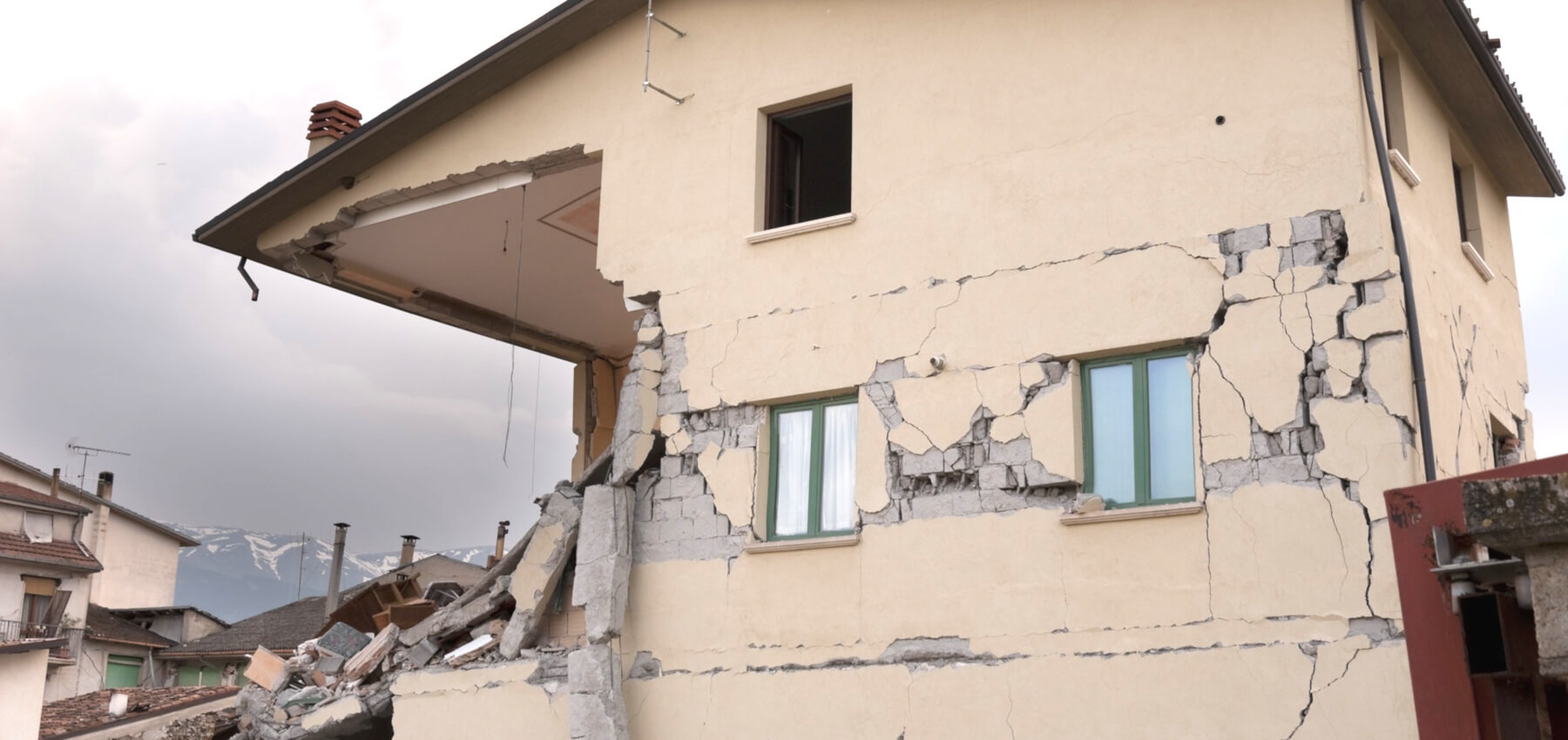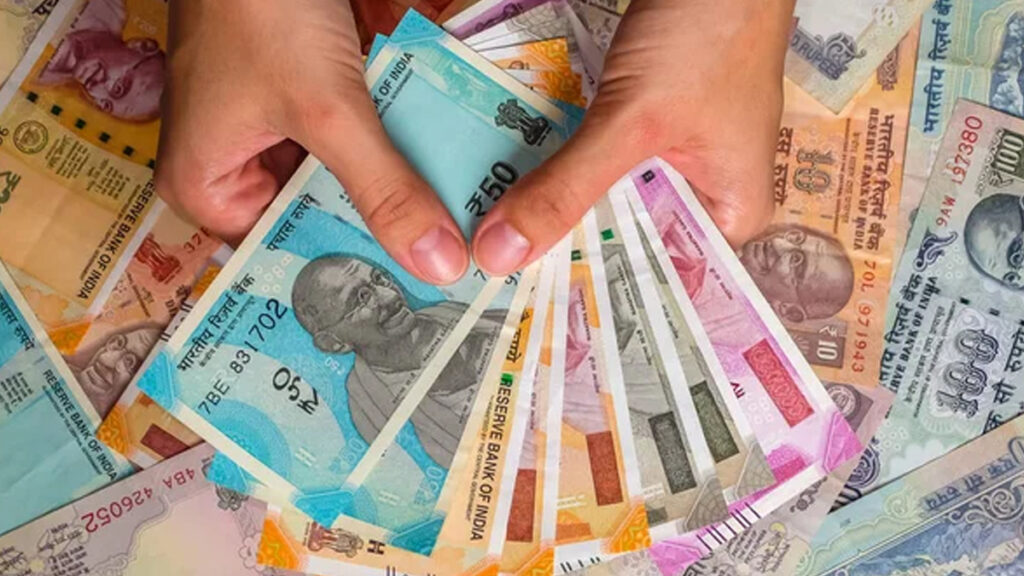Kathmandu. The powerful earthquake measuring 7.1 on the Richter scale that struck Tibet, China, on Tuesday morning has once again shocked all Nepalis. The number of Chinese citizens who lost their lives in the powerful earthquake has exceeded 126. Although this time the earthquake did not affect Nepal in terms of human casualties, the fear of earthquakes always remains among the common people here due to the high-risk area of earthquakes.
Last year, on 17 Kartik 2080, a 6.4 magnitude earthquake in Jajarkot and Rukum in Karnali killed 127 people. On 22 Kartik 2079, a 6.6 magnitude earthquake in Doti killed 6 people. According to the National Seismology and Research Center, in the last two and a half years, 78 earthquakes greater than magnitude 4 have occurred in the Far West and Karnali provinces alone.
Being a high seismic hazard area, Nepal is always at risk of a powerful earthquake at any time. Spread over an area of 147,516 square kilometers, Nepal is as rich in terms of geographical and biological diversity as it is in terms of seismic and climate change risks.
Not only is Nepal vulnerable to seismic risk, but the increasing negative impact of climate change is also very acute. The negative impact of climate change has led to frequent and serious natural disasters including floods, landslides, and droughts. In this context, the importance of property and life insurance in Nepal cannot be ignored. This financial protection through insurance not only provides protection to individuals and families, but also plays a significant role in stabilizing the nation’s economy after a disaster.
Economic Impact of Natural Disasters in Nepal
Natural disasters have historically caused significant damage to Nepal’s economy. The devastating earthquake of 2015 serves as a sobering reminder. The resulting damage is estimated to be around $7 billion. This amount is equivalent to about 36 percent of the gross domestic product (GDP) at the time. The earthquake claimed the lives of about 9,000 people. Thousands were injured and millions were left homeless.
Similarly, annual monsoon floods and landslides continue to wreak havoc, displacing communities, destroying infrastructure, and inflicting significant economic losses.
According to a report by the Asian Development Bank (ADB), Nepal is suffering an annual loss of about 0.5 percent to 1.5 percent of its GDP due to natural disasters. Climate change is exacerbating these losses, along with the increasing frequency and intensity of adverse weather events. The National Adaptation Program estimates that climate change could cause economic losses of 2 to 3 percent of Nepal’s GDP annually by 2030 if no significant mitigation measures are taken.
The Role of Property and Life Insurance
Insurance serves as an important financial shield in disaster-prone countries. Property insurance provides financial protection against damage to homes, businesses, and other assets caused by natural disasters. This ensures that affected individuals and businesses can rebuild and recover quickly, minimizing long-term economic disruption.
Life insurance, on the other hand, provides significant support to families who lose their homes in disasters. The financial payout helps surviving family members manage their immediate needs and plan for the future.
The government has envisioned safer housing through amendments to the Building Code to reduce the impact of earthquake hazards. The policy provisions will help the wealthy build strong houses and be safe during an earthquake, but for poor families, building strong houses with large investments is beyond imagination. Therefore, the state should take policy initiatives to ensure insurance coverage for them.
Status of access to insurance in Nepal
Despite earthquake risk, high risk of climate change, and risky geographical location, access to insurance in Nepal is low. According to the Nepal Insurance Authority, based on the number of insurance policies sold, only about 34 percent of the population has some type of insurance coverage. On the other hand, based on the share of the insurance sector’s contribution to the gross domestic product, access to insurance is below 2 percent. Lack of awareness, limited access to insurance services, and socio-economic barriers have hindered the expected access to insurance.
To address this, the government and insurance companies need to make concerted efforts to raise awareness about the benefits of insurance. There is a need to expand access to insurance coverage at low premiums, especially in rural and disaster (risk) areas. In addition, integrating insurance with disaster risk reduction strategies can help reduce the financial burden on the state.
The increasing frequency and severity of natural disasters due to climate change has made property and life insurance more important than ever for Nepal. After the devastating earthquake of 2072 BS, the level of awareness among the general public about the importance of insurance was found to have increased. There was an increase in awareness about the need to insure property in particular, which has had a positive impact on the business of non-life insurers. It was.























